
Discover the average professional organizer cost, what influences pricing, and how to budget for your next home organization project.
This home safety checklist can give you peace of mind and help you feel better prepared in the event of an emergency


It may not be as glamorous a topic as chic home decor or new renovations, but your home’s safety features are hugely important. With a few steps, you can be sure you have properly functioning components like smoke detectors, furnaces, and fire extinguishers.
Stay prepared for anything and protect yourself and your family with this home safety checklist.
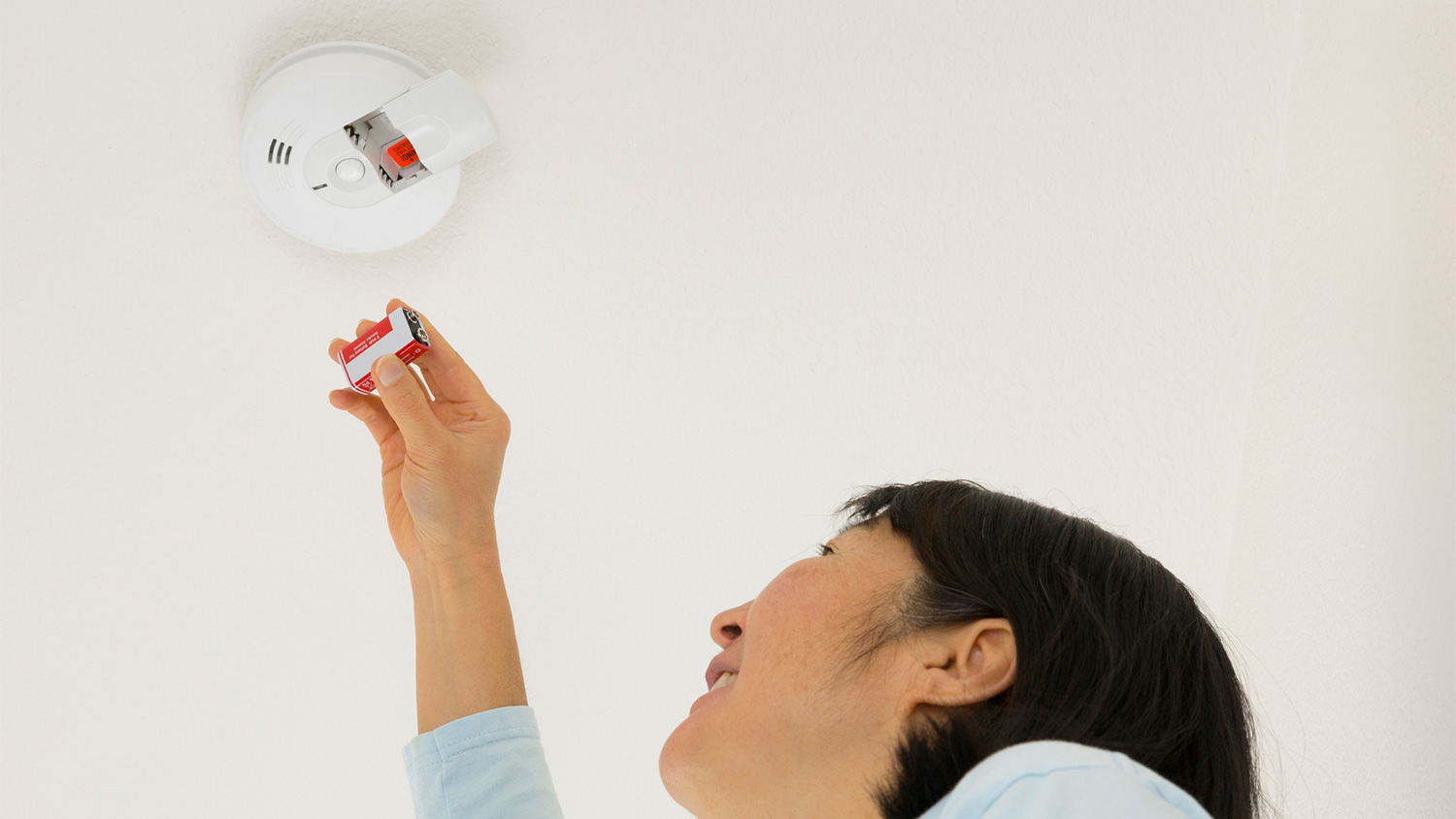
You should regularly check your smoke and carbon monoxide detectors to ensure that they’re working correctly. These tools help alert you to a fire in your home, even when you’re sleeping. Similarly, signs of odorless, tasteless, and potentially deadly carbon monoxide can be tricky to spot without the use of a detector.
Test your smoke and carbon monoxide detectors every month
Replace smoke and carbon monoxide detectors every 10 years or when they stop working properly
Make sure you have detectors on each floor of your home, especially in or near bedrooms
You may take your home’s electricity for granted, but it plays a vital role in doing everything from keeping the lights on to charging your computer, phone, and other devices. However, your home’s electrical system can also, unfortunately, be the source of fires. Conducting proactive maintenance and repairs can help you to ensure that your home is protected.
Be alert for electrical warning signs like sparking outlets or flickering lights
Make sure your wiring is up to date (a local electrician can help determine this for you)
Upgrade to grounded three-prong plugs when necessary
Fire extinguishers are a crucial part of your home’s fire safety preparedness. While fire extinguishers cannot combat established fires, they’re a great way to put out small fires in the home before they grow.
Consider purchasing a home fire extinguisher if you don’t already have one
Make sure that the fire extinguisher is accessible and easy to reach
Make sure that you and members of your household know how to use it
Replace your fire extinguisher every 10–12 years (or when the manufacturer recommends)
Check the gauge at the top of your extinguisher monthly to ensure the needle is still in the green
You may not think too much about your roof, but it does an important job day in and day out protecting you from the elements. A damaged or faulty roof can also lead to serious problems in your home, like mold, leaks, and structural issues. Making sure that your roof is safe and secure is a great way to protect your whole home.
Install a lightning protection system
Regularly inspect your roof for damage
Remove debris, moss, and mold
You can do much of this work from the ground, but if you do go up on your roof, only do so if conditions are safe and you feel comfortable. Follow all safety precautions when going on your roof, like wearing proper shoes and only going up when it’s dry. Some jobs are better left to a roofer near you.

You’ve probably been up and down your home’s stairs a thousand times, but that doesn’t mean that they’re always as safe as they seem. In particular, if you have young children or older family members living in your home, you should also check your stairs regularly and make safety additions when needed.
Remove clutter on stairs
Add stair treads
Make sure there’s a light switch at both the top and bottom of any stairs
Your furnace does the hard work of heating your home daily. However, a damaged or malfunctioning furnace can spell danger. Make sure that your furnace is in good working order, and repair it immediately if there’s an issue.
Have your heater serviced once a year for routine maintenance and repairs
Pay attention to HVAC and furnace problems when they occur
Consider upgrading to a furnace with a sealed combustion system
Cleaning supplies help make your home look sparkling clean—but they can also pose a hazard to young children and pets. You should ensure your cleaning supplies are stored carefully out of reach of any curious young hands or paws.
Keep cleaning supplies stored securely out of reach, using child locks if applicable
Avoid storing supplies in areas with extreme hot or cold temperatures
Don’t mix chemicals (especially bleach and ammonia)
When’s the last time you checked out your home’s first aid kit? Whether it’s been gathering dust in a closet somewhere or your supply of bandages is running dangerously low, it’s a good idea to take a look. You should regularly review your medical supplies to ensure that you have what you need in case of a minor injury. It’s also a good idea to create a disaster preparedness kit in case of natural disasters or other emergencies.
Make sure you have basic items like bandaids, cloth tape, antibiotic ointment, painkillers, and a thermometer
Stock a first aid kit in your home and car
Create a disaster preparedness kit with items like shelf-stable food, water, batteries, flashlights, masks, and cash
From average costs to expert advice, get all the answers you need to get your job done.

Discover the average professional organizer cost, what influences pricing, and how to budget for your next home organization project.
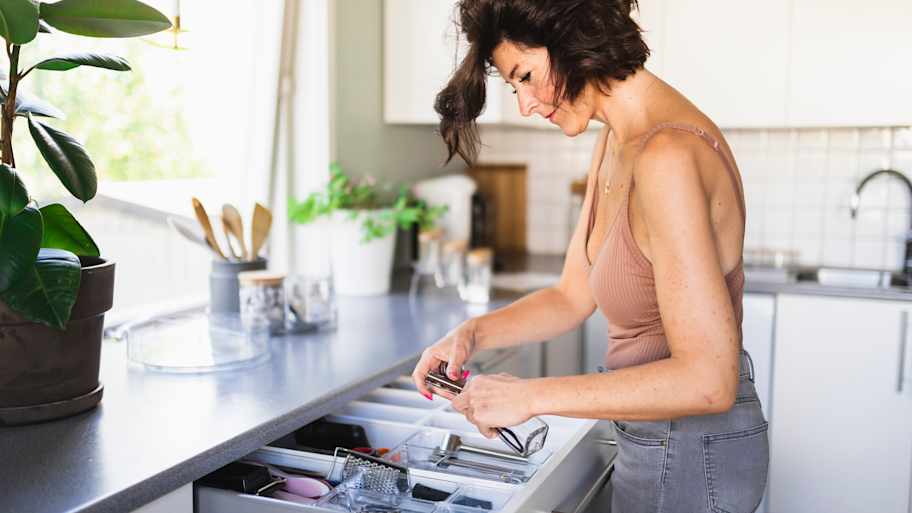
Declutter and maximize your space with these eight smart storage tips for messy closets, cupboards, and drawers around your home.

When was the last time you cleaned out your spice rack or linen closet? Our list of 12 things to get rid of in just one hour helps you toss what is old, expired, or no longer needed. Decluttering is faster and easier than you might think.
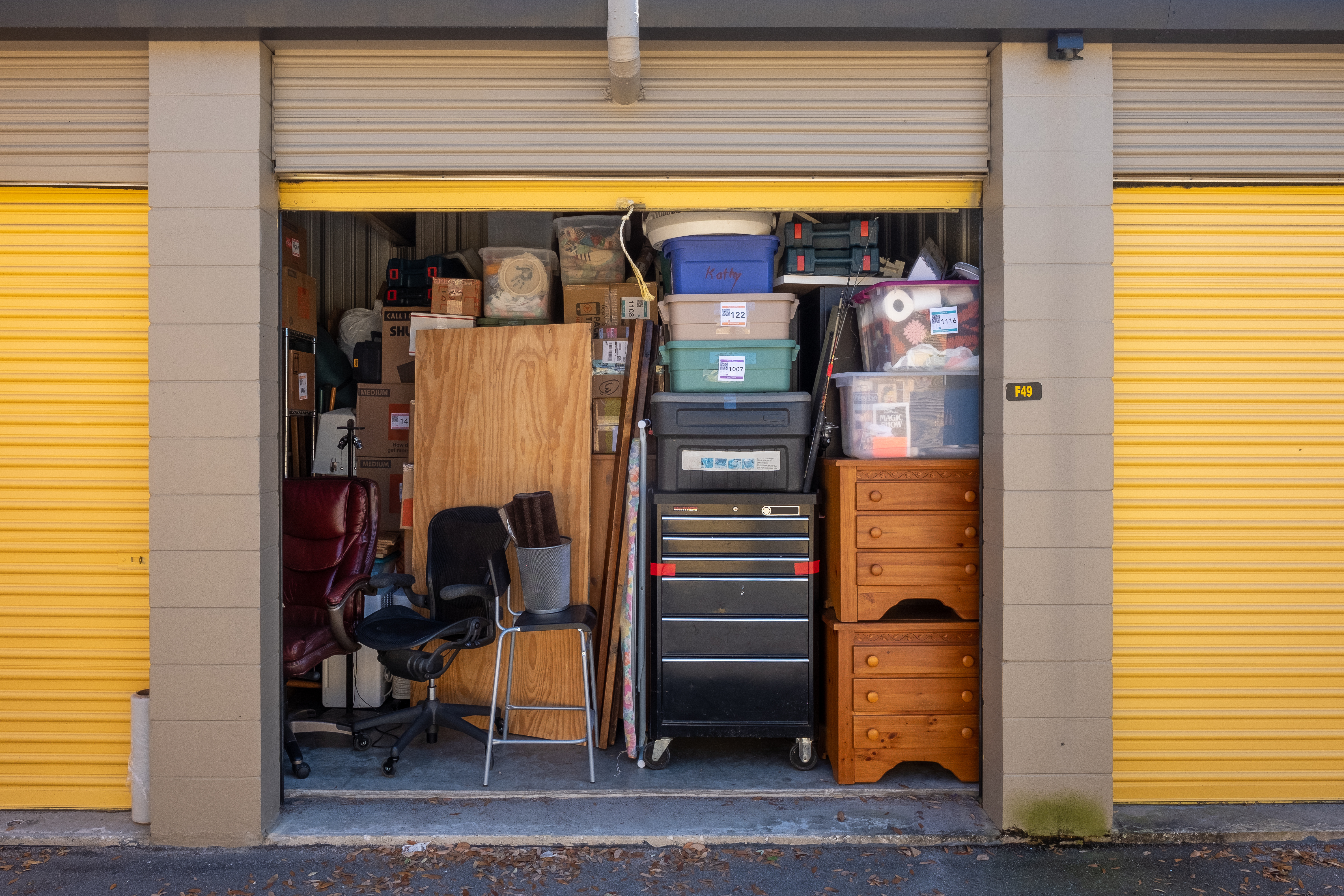
Maximize space and save money with these expert storage unit tips. Smart packing strategies and organization hacks included.
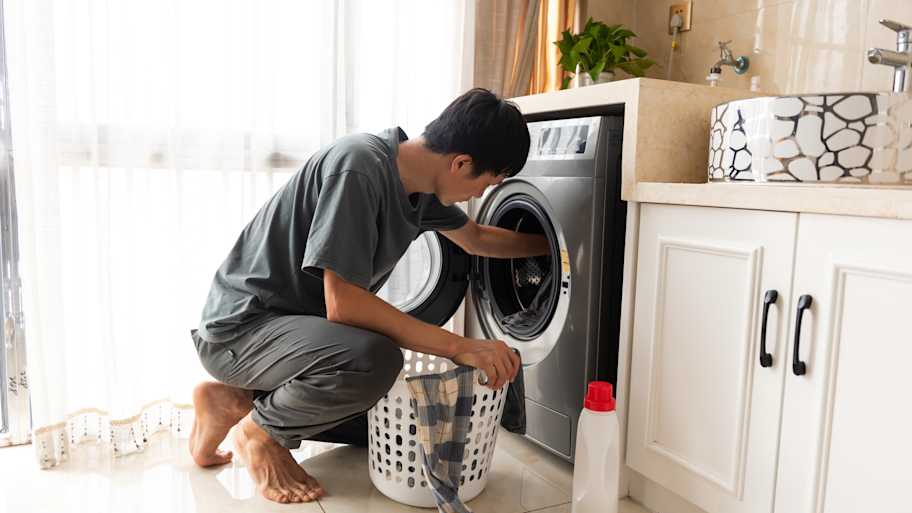
Maximize space and reduce clutter with these smart laundry room organization tips that boost function and even your home’s resale appeal.
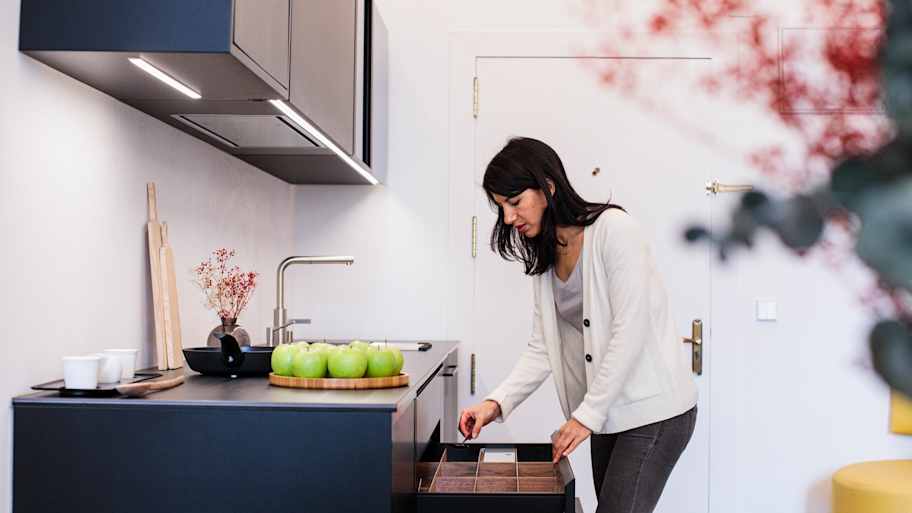
These kitchen drawer organization tips will reduce time spent rifling through the kitchen looking for what you need. Learn how to organize your kitchen.